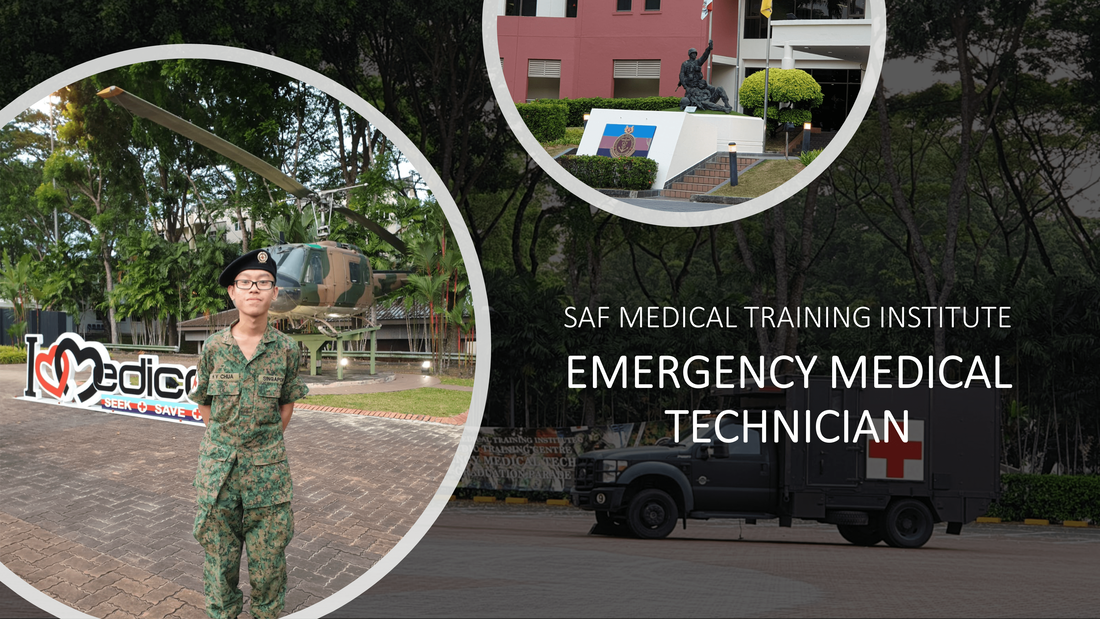After graduating from the Emergency Medical Technician course, I joined the Republic of Singapore Air Force as a Service Medic in Tengah Air Base Medical Centre.
Background
24th February 2020, the day I stepped into Tengah Air Base, happened to be the internal grand opening of the newly renovated pandemic-ready Tengah Air Base Medical Centre. I had the privilege of using the new facilities and rest in the sickbay during my one month stay-in for on-job training (OJT). Very quickly, I realized that the skills that I learnt in SMTI were not enough to enable me to perform my daily functions in the medical centre. Every team, including Admin, Operations, Dispensary, Stores and Treatment had their own processes and it was definitely not possible for me to master all the knowledge within one month.
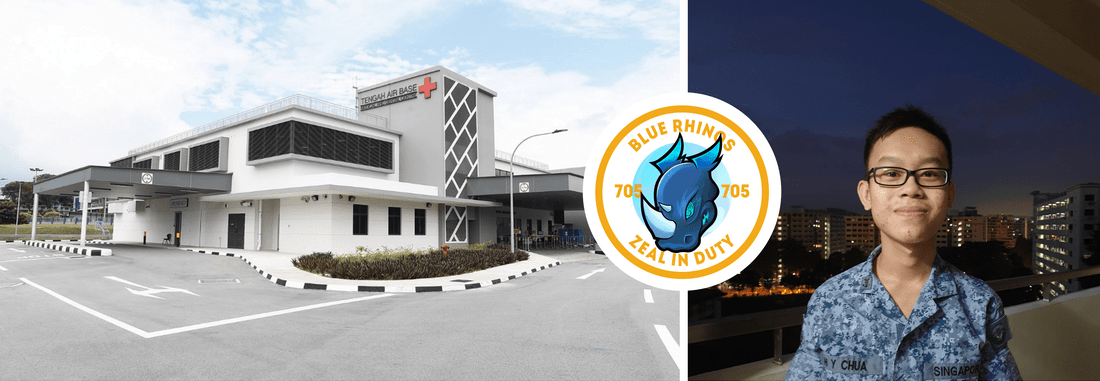
Routine Duties and the COVID-19 Pandemic
Having been equipped with prior experience in events planning and basic administration, I indicated my interest in the role of an Admin medic. I am glad that the colleagues supported and welcomed me into the team, and for most of the time during my OJT, I would be at the Information Counter learning each and every single process. On top of that, my responsibilities when I am on 24H duty include having to attend to in-base medical emergencies or out-base report sick patients from other camps. Our skills from SAF Medical Training Institute were essential; e.g. intravenous cannulation, rendering and unloading of patient as well as to perform send-outs to hospital. Additionally, I had to perform equipment checks for the resuscitation bay and ambulances to ensure that they are in tip-top condition for the day.

Moreover, it was Singapore’s COVID-19 Circuit Breaker from April to July 2020. During that period, my colleagues and I were cohorted into separate teams and would alternate between one week in and one week out of the medical centre. When seeing and swabbing patients, we had to be gowned up in Personal Protective Equipment (PPE). At times, there would be mass drive-thru or walk-in swabs that we had to attend to.
Being Appointed as Admin I/C
Shortly after my first three months as an OJT, I was promoted to become an I/C of the Admin team. To put it frankly, the transition curve was very steep, and what’s more, my team members were the seniors who taught me my fundamentals. Additionally, I joined the Air Force Medical Innovations team which saw me initiating improvements in terms of patients’ waiting time, filling up of forms and ease of access to scheduling their appointments. I learnt to implement paperless initiatives and digitization of several processes to enhance the registration workflow in the medical centre.
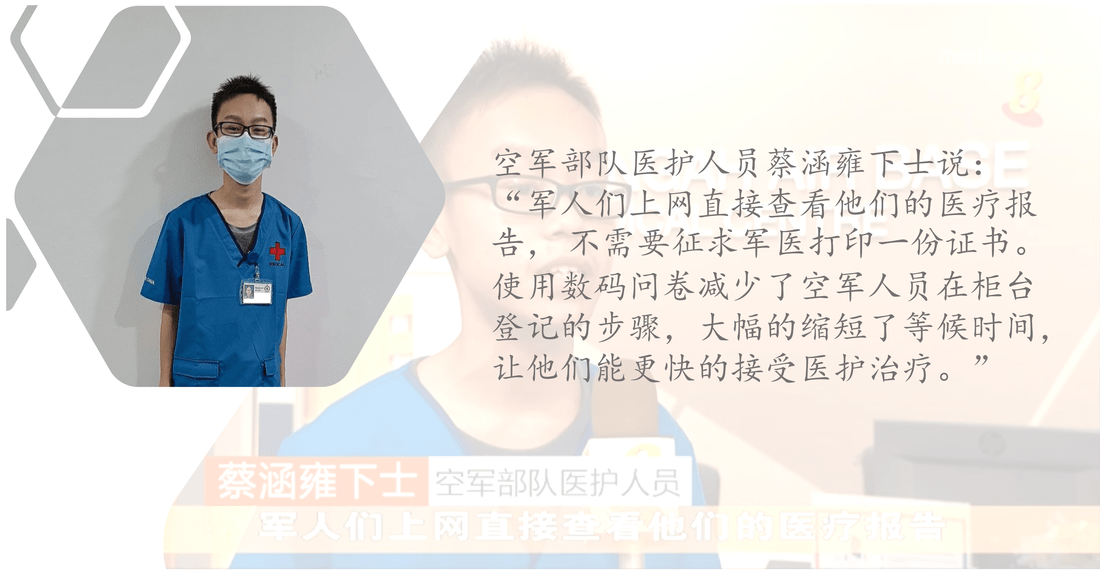
Digitizing the manual processes and driving paperless efforts were initially met with resistance from my colleagues. Nevertheless, I knew the importance of this task and hence, I came up with my own roadmap of process changes and learnt to communicate effectively with my team. Within half a year, there were breakthroughs as new processes such as online appointments and paperless forms were seamlessly launched by tapping onto the existing benefits of SAF eHealth and HealthHub. Aside, I also created automated Excel templates that seek to reduce manual effort in keeping track of nominal rolls.
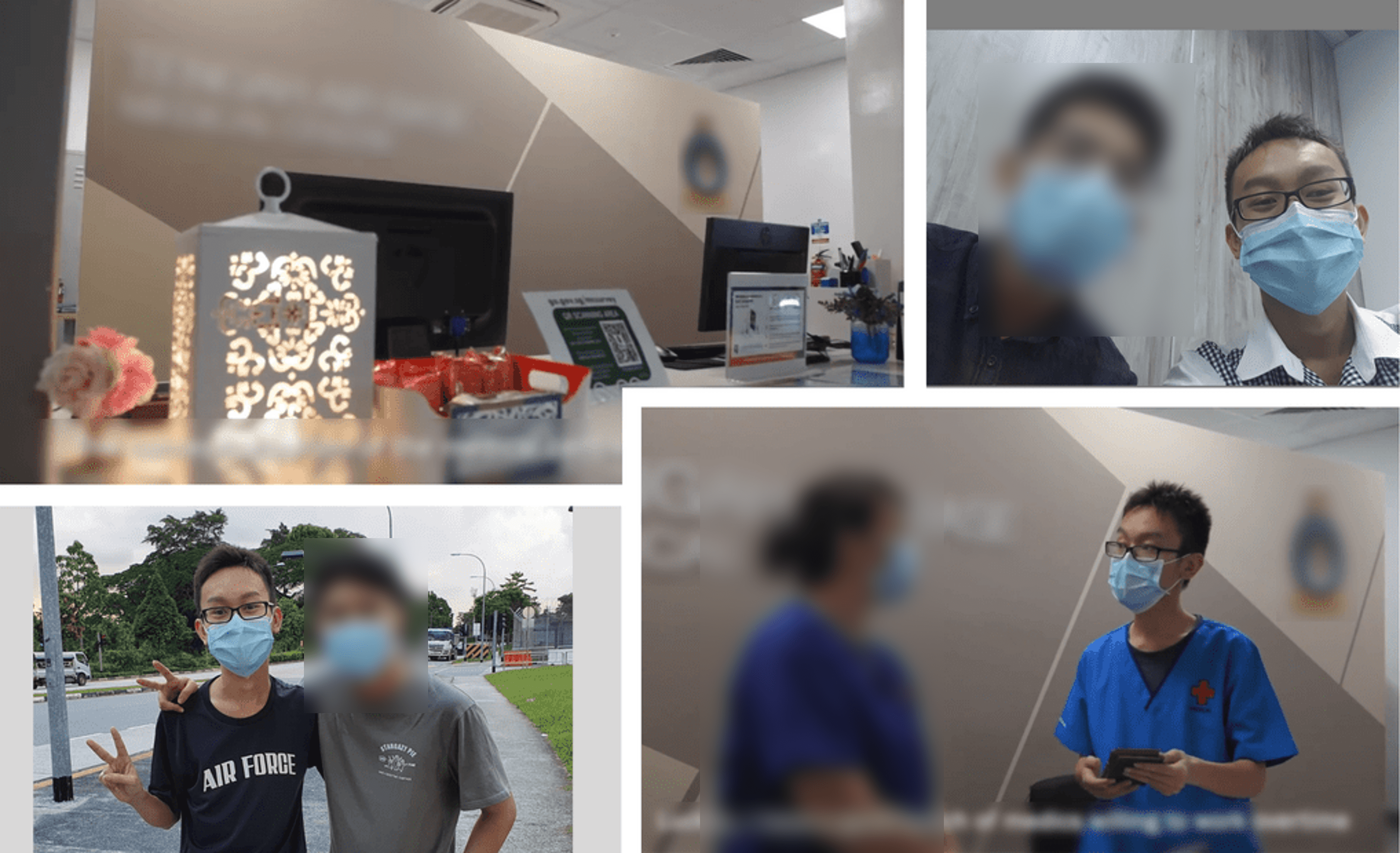
Being a medic isn’t easy, more so, as an Admin medic. Many may have the impression that medics at the Information Counter does only triaging of patients, responding to enquiries and scheduling appointments. However, there is more than meets the eye. It takes a few months for a competent Admin medic to build up not just the full range of procedures for carrying out the routine tasks, but to work on the soft skills including his or her resourcefulness and dedication to go above and beyond in fulfilling different patients’ needs under ever-evolving situations. These are added on top of the tiring medic duties at night, and regardless tired how my colleagues are, we always maintain a smile to our patients.
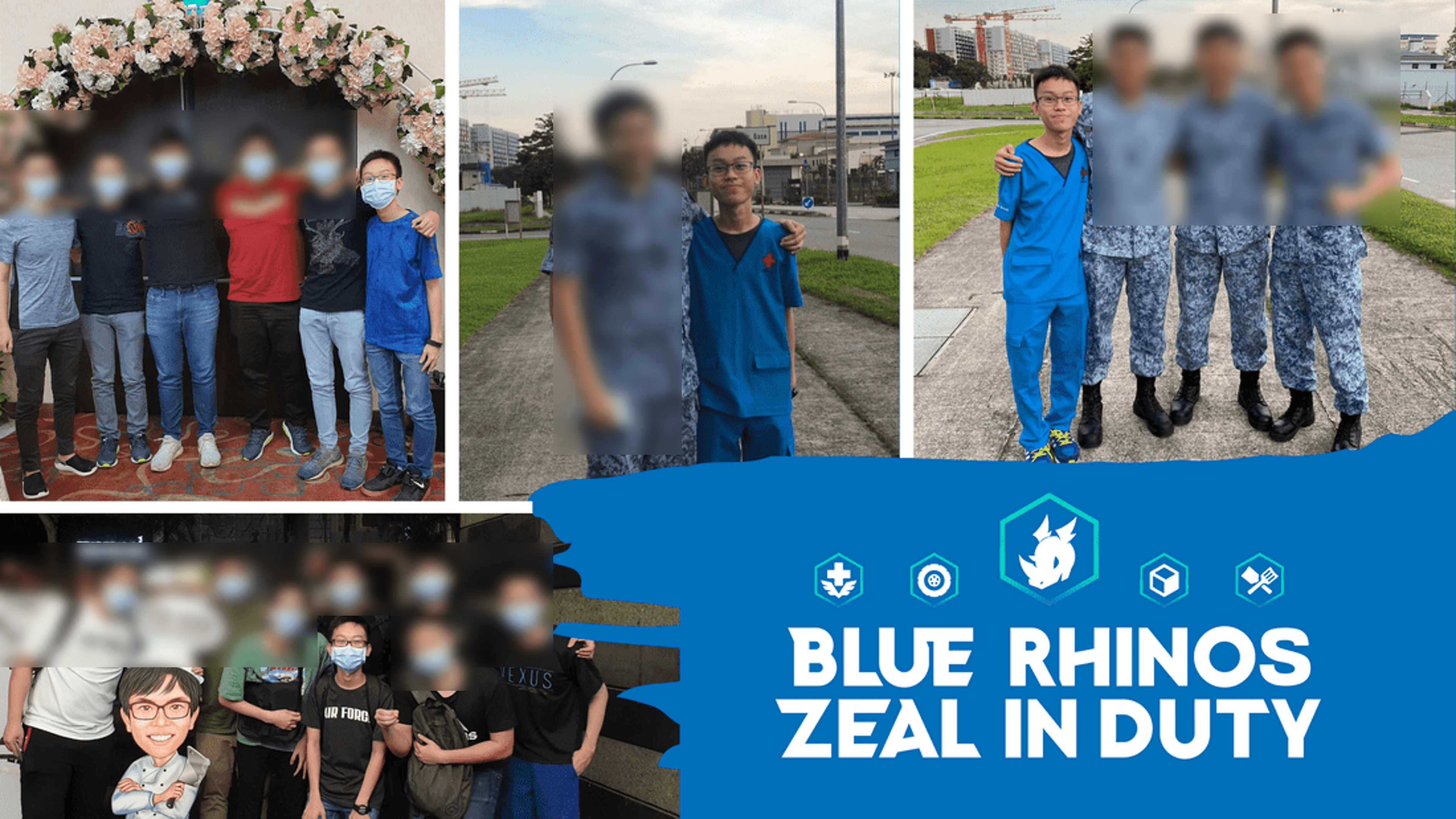
Other Ad-Hoc Projects
Throughout my time in Tengah Air Base Medical Centre, I also worked with several stakeholders from the RSAF Medical Innovations team and trialed several projects such as telemedicine, remote triaging of vitals and DSTA’s Soldier Health mobile application. This was especially meaningful during the COVID-19 pandemic as it reduced human traffic within the medical centre significantly, given that our servicemen had the option of telemedicine for administrative reviews. From 2020 to 2021, I was also involved in the mass Annual Influenza Vaccination Exercise and COVID Vaccination Exercise where I designed infographics and directional signs to help patients with their wayfinding around our medical centre. Moving forward, I continued to tap on the benefits of infographics to simplify workflows in the medical centre.

For my contributions and service in Tengah Air Base Medical Centre, I received:
- Chief Air Force Medical Officer (CAMO) Commander’s Coin
- Best Airman of the Month Award
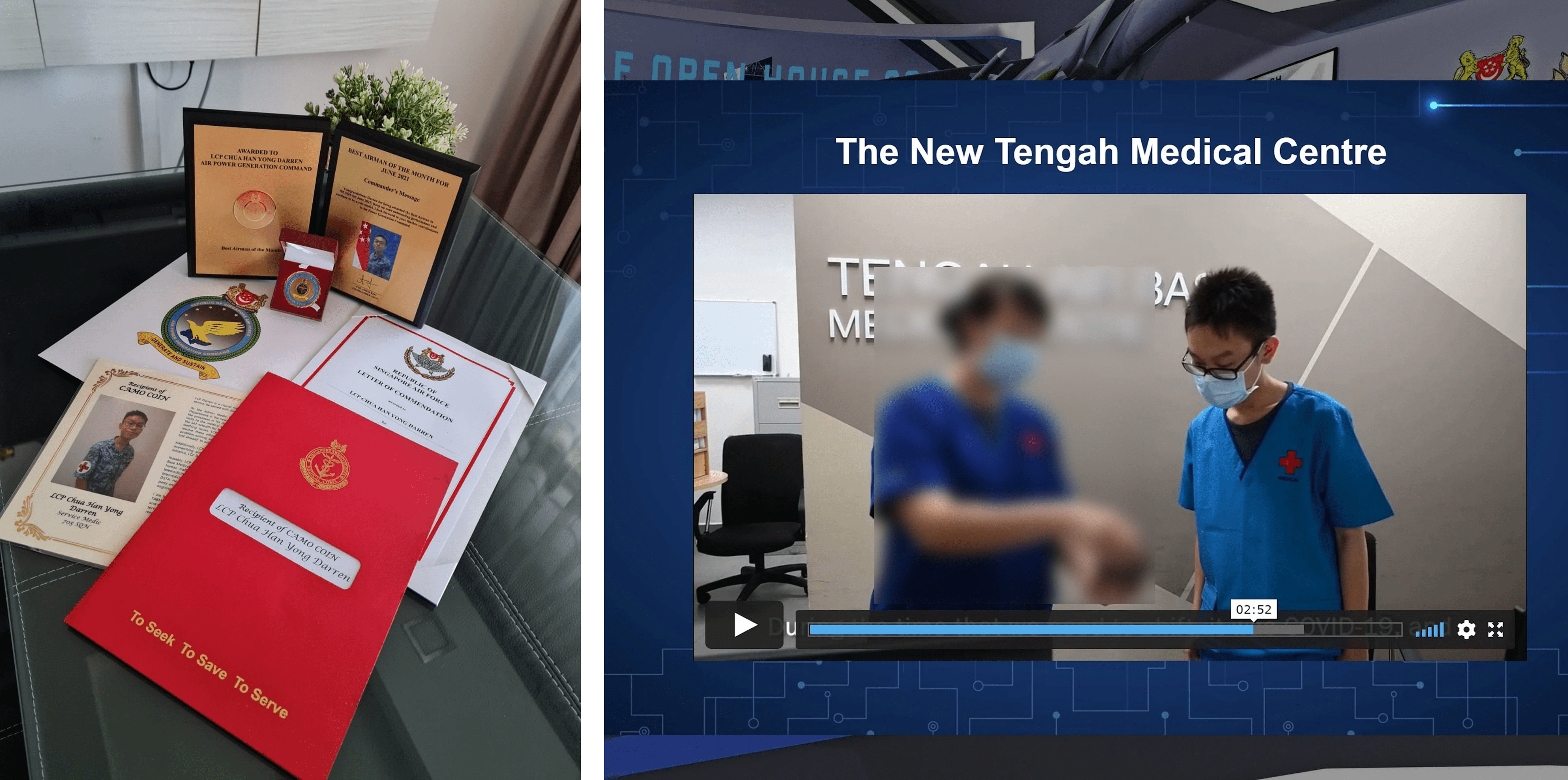
There’s no amount of words that can describe my experience in NS nor express my appreciation towards the friends and comrades who have helped me through my National Service, but thank you very much to all for helping me through my ups and downs. I’ll continue to work hard and do my best in every stage of my life.
Check out more videos of Tengah Air Base Medical Centre here:


